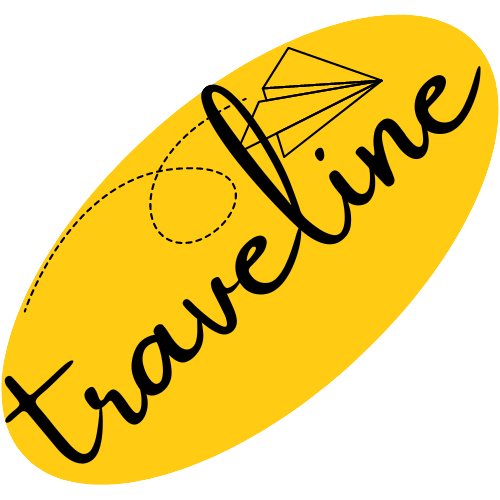
What are some ways that I can plan and improve my route?
Starting point
Technology is the starting point for everything. Whether you are manually planning routes using maps and spreadsheets or optimizing schedules using connected customer data, the right planning tools can increase the productivity of your sales staff. This is true whether you are planning routes manually or optimizing schedules. The use of mapping tools to figure out the route that covers the least amount of ground between two points is one approach. Calculating travel times and making adjustments to routes in order to account for delays caused by construction or traffic is a breeze and can be done quickly and easily with the assistance of these tools. In addition to this, they are more manual and only use data points that are readily available to the public.
Plot a plan
Before sales representatives can make use of the program to plot a plan, they are required to manually review spreadsheets containing sales data. The capabilities of software for intelligent route planning have been expanded. It plans routes automatically and dynamically incorporates data on sales. After that, it makes use of these insights to design a route that, in addition to customer data, takes into account time constraints, complex schedules, multiple stops, and sales targets. The platform ensures that salespeople always have ready access to pertinent data regarding customers, markets, and territories, which enables them to identify new opportunities and head off problems before they arise.
Routing software
Imagine a situation in which a representative is conducting business with a customer in the field. Because the rep's team uses intelligent routing software that interfaces with the rep's CRM, the rep may be able to see that even though a customer is interested in one product, they are also overdue for an upgrade on another product they currently use. This is because the rep's team employs intelligent routing software. The representative will make their choice regarding how to proceed with the additional opportunity using this information as a compass to guide them. When it comes to route planning, every sales team, regardless of the technologies they employ, should keep the following three things in mind.



